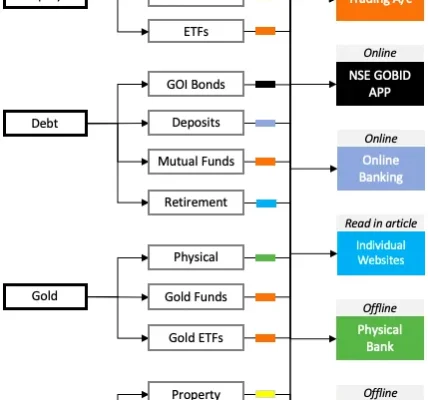CALCULATING PERCENTAGES Whether you’re trying to figure out a discount during a shopping spree or analyzing data for your next school project, understanding how to calculate percentages is a valuable skill that comes in handy in various aspects of life. While the idea of percentages might seem daunting at first, fear not! With a little guidance, you’ll be crunching numbers like a pro in no time. Let’s dive into the world of percentages in a human-friendly way.
Calculating Percentage:
What is a Percentage?
Before we jump into the calculations, let’s grasp the concept of a percentage. Simply put, a percentage is a fraction of 100. It’s a way of expressing a part of a whole in terms of 100. For example, if you scored 80 out of 100 on a test, your percentage score would be 80%.
Calculating Percentages: The Basics
Calculating percentages involves three key elements: the part, the whole, and the percentage itself. Here’s a breakdown of how to calculate percentages:
- Identify the Part and the Whole: Start by determining the part (the portion you’re interested in) and the whole (the total quantity or value).
- Express the Part as a Fraction: Divide the part by the whole to express it as a fraction.
- Convert the Fraction to a Percentage: Multiply the fraction by 100 to convert it into a percentage.
Example 1: Finding a Percentage of a Whole
Let’s say you want to find out what percentage of your monthly budget you spend on groceries. If you spend $200 on groceries out of a total monthly budget of $1000, here’s how you calculate the percentage:
- Identify the part (grocery spending) = $200.
- Identify the whole (total monthly budget) = $1000.
- Calculate the fraction: $200 / $1000 = 0.2.
- Convert the fraction to a percentage: 0.2 * 100 = 20%.
So, you spend 20% of your monthly budget on groceries.

Example 2: Calculating Percentage Increase or Decrease
Percentage calculations are also handy when analyzing changes. Whether it’s a price hike or a discount, percentages help you understand the magnitude of the change. Here’s how to calculate percentage increase or decrease:
- Identify the Initial and Final Values: Determine the initial value (the starting point) and the final value (the ending point).
- Calculate the Difference: Find the difference between the final value and the initial value.
- Express the Difference as a Percentage: Divide the difference by the initial value and multiply by 100 to express it as a percentage.
Example 3: Calculating Percentage Increase
Suppose the price of a product increased from $50 to $60. Here’s how you calculate the percentage increase:
- Initial value (price before increase) = $50.
- Final value (price after increase) = $60.
- Difference = $60 – $50 = $10.
- Percentage increase = ($10 / $50) * 100 = 20%.
So, the price of the product increased by 20%.
Practice Makes Perfect
Like any skill, mastering the art of calculating percentages takes practice. The more you engage with percentages in real-life situations, the more comfortable you’ll become with the calculations. So, don’t hesitate to tackle percentage problems whenever you encounter them. With a little practice and perseverance, you’ll soon be calculating percentages with ease, making numbers your friend rather than a foe!





